|
We found a campground in Titusville. It is a pretty nice campground considering it is right on the bay and is right across the street from a perfect view of launches. Oh, and they have a quirky sense of humor. The launch schedule did not match our time here. There were launches a few days ago and more planned for a few days after we move to St Augustine. It is almost impossible to plan months in advance and match up with a launch. Oh well, maybe next time.
We were able to visit with family while here and that was the reason we stayed in the area.
0 Comments
There are actually two museums at the park. One is the McClarty Treasure Museum which is dedicated to items recovered from the 1715 Spanish treasure fleet that sunk off the shore. History Warning: (I will break it up with some pictures from the museum.) In July of 1715 a fleet of twelve ships filled with treasure and headed to Spain from Havana. With more than 3,000 sailors, officials, and families including children on board. The cargo was primarily silver coin and ingots but also included lots of gold, gems, and other goods. In silver there were millions of coins (pieces of eight), gold, jewelry, and the King’s treasure. Many of the officials had personal chests with gold and jewelry which was not counted in the inventory. I was a bit confused about the number of coins, but they were 1/8th of an ounce of silver each. That made them small and thin. The Spanish has a standard size small chest that would hold 3,000 coins each and weight 25 pounds coins and chest together. The chests could be stacked in the hold tight together and counting was much easier by chest than individual coins. The fleet was caught in a hurricane and all but one ship was driven into the sandbars off the coast. Ships were battered by the waves and broke apart spilling their contents. About 1500 people survived and a temporary camp was built to care for the injured, bury the dead, and recover what they could from the wrecked ships. They were able to dig two shallow wells to find fresh water and survived on seafood until supply ships arrived from Havana. From documentation of the recovery efforts several million pieces of eight had been recovered along with gold and jewelry, and a great part of the King’s treasure. This was possible because for years parts of the ships could be seen at low tide. Not all of the recovered treasure made it back to Havana. The Pirate Henry Jennings raided the camp in 1716 and 120,000 pieces of eight and other valuables were taken. The salvage was a target for pirates but only Jennings successfully raided the site. In 1718 the camp was abandoned. Soon after those other ships came to try to recover what they could but soon they gave up because they could no longer identify where the ships sank. For 250 years there was no documentation of salvage attempts and location of the fleets sinking was forgotten. 1948 Kip Wagner was walking along the beach South of Sebastian Inlet when he found Spanish silver coins. He then borrowed a metal detector and over the next several months discovered many more coins. Wagner cut a hole in an old surfboard and glued some glass in it so he could look at the bottom while paddling around off shore. Soon he found cannons and started salvage of the wreck. This began a salvage that eventually found 11 ship wrecks and many 1000’s of both silver and gold coins along with other treasures. Mr. Wagner joined with 7 of his friends to start a salvage operation called the Real 8 Company. In 1964, Mel Fisher started his career as a treasure hunter on the wrecks of the 1715 fleet after being hired by Wagner's group. That same summer he found what he called the “Carpet of Gold” made of thousands of gold pieces. The museum is at the site of the survivors and salvage camp. People have found treasure along the shore right after storms including Mr. McClarty who eventually donated the land for a museum to hold treasure found from the 1715 fleet. Coins are found along the shore every year and treasure are still being recovered by divers offshore. The museum has a walkway to the ocean. Having a sense of humor, a Pirate flag is flown at the overlook. Pirate Henry Jennings did come and raid the site for treasure one time. On our way back to the campground, we stopped in at the Sebastian Fishing Museum. Since the earliest settlements in the area fishing has always been important. On the highway is a tribute to Ponce de Leon landing spot in this area.
We really liked walking along the bay. Several brittle stars were just offshore. A sea cucumber! I don’t know that I have ever seen one of these. We put it back in the water. A few birds, snails, and hermit crabs. Sadly, we did collect quite a bit of trash. Is it really that hard to take the empties to the trash can nearby or home in the same container you brought it in?
Today, we walked on the beach at the state park. A bridge crosses the Sebastian Inlet to get to the northern half of the park, more about that side later. Each side of the inlet has a seawall extending out in the ocean to help those moving in and out of Indian river. Both sides of the park have fishing piers along the length. The change in tides creates some wild water in the inlet. It is not a pretty beach by my standards. Lots of seagrass and sea weeds as the wrack line shows. I really miss Pensacola Beach. Not everything is safe to touch on the beach. Man-a-war jellyfish were washing ashore today. The beach on the north side of the inlet was much nicer. There are several gopher tortoise's homes on the north side. I guess some people need to be told not to take them for a swim. On the north side is a swimming area along the inlet. This is a safe place for families to swim.
We are going back to the ocean. Sebastian Inlet State Park is a very nice park with easy access to both Indian River/Bay and the Atlantic. The campsites are on the bay side of the park but close enough to hear the ocean waves. We had a nice campsite. We actually had to dodge running over a land crab on the way to the state park. It is a very nice park, and we hope to have many walks on the beach. We got in late in the afternoon and we walked down to the peninsula to the bay instead. We got a great show by the flock of pelicans diving for dinner. A pod of Dolphins with babies likely getting their own dinners. The sunset was nice. It was surprising how many great shells we found on the peninsula. This gives us hope that our ocean walks may turn up some nice shells too.
Actually, we moved north out of the Keys several days ago. We really loved the Keys. Not Key West so much because it is so commercial but Marathon and other Keys were fantastic. Now, we are near lake Okeechobee. Not on the lake but just to the southeast at the South Bay RV Park. Nice place and we did drive around to get a better view of the lake. I really wanted to get to look across the huge lake and not be able to see the other side at all. I was disappointed and would not get that view except from the truck as we drove north to our next campground. Even the best location we could get to was not a great view of the lake. The overlook was along the Rim Canal or Okeechobee Waterway. We did get a nice sunset, but nothing compared to the one in the Keys. I guess we will be comparing sunsets to those for a while. The South Bay RV Park does have its own little lake.

Yes, there is a Turtle Hospital in the Keys. Any distressed sea turtle found from Miami to Key West is brought here for recovery if possible and a new home if not. The Turtle Hospital has successfully treated and released over 1500 Sea Turtles since its founding in 1986. They even have specially modified ambulances for the turtle rescue.
Our tour guide was great and very knowledgeable. After a short introduction, we walked over to the hospital. Here they do surgery to repair damage from boat impacts, remove fishing line and hooks, and sometimes things the turtles have swallowed like plastic.
Even though lots of emphasis has been on plastic straws it is actually plastic bags that kill more sea life than any other trash. Any plastic including straws should never be in the ocean, but many fish and sea mammals mistake a floating bag as a large jellyfish which is a common food.
Next were the recovery tanks. One of the turtles was scheduled to be released in just a couple of days. They always return the turtle to the area where it was hurt or recovered. Even though they do travel great distances in the ocean it would be confusing to be released just anywhere and distressing.
Last was the big tank which was originally the pool for the motel. Any of the turtles that can no longer survive in the ocean live here. These green turtles are well cared for and loved. They also provide a way to help other green turtles by giving their blood to injured turtles.
There seem to be Iguanas everywhere in the Keys.
After our tour, we stopped a restaurant nearby for lunch. The restaurant overlooked a pier where boats were coming in from fishing trips. In the area for the cleaning station were tarpon, nurse sharks, and pelicans waiting for scraps.
Hey, why not end the day with a beautiful sunset. Sunsets are always better when seen with someone you love.
Today’s adventure is visiting Curry Hammock State Park. We have brought our blow-up kayak and hope to paddle around the park which is an island. Part of the paddle trail goes through the mangroves, under a bridge, and open area that is a jellyfish nursery. We saw the upside-down jelly fish adults and thousands of baby jellies. The water was so clear it was easy to see the crabs as well. We had a problem at the last quarter of a mile, our blow-up kayak started losing air in the side baffle. We made it back to the kayak landing just in time.
Of course, we took a break at sunset to enjoy the view.
On our snorkel in the swim area at the campground, we saw 2 spiny lobsters, 2 rays (Yellow Spotted Ray), Cowfish, Rock crabs, sea anemone, and lots and lots of fish.
At the end of the day, we once again had a great sunset.
Today, we will visit Long Key State Park. It is not a big park but is not as heavily used as others in the area. That will allow us to keep enjoying nature and avoid crowds.
We would have taken the hiking trail but the damage from Hurricane Irma is still very evident.
Our biggest disappointment was the trash. We have found that the Keys have lots of trash on the shorelines. Much of it may be storm debris. I hope it is not just laziness.
We grabbed a couple of bags and started picking up trash. We filled and dumped into the trash containers 14 bags and several odd items. A 25 gallon plastic barrel, several small plastic tubs, and a florescent bulb. Weird! We filled the trash containers and flagged down the campground staff to warn them that they were full. They thanked us for cleaning up so much of the shore.
Along the shore the rocks (fossilized coral in limestone) were the home for some colorful snails. We have not found out their name. They were all sizes and colors. They are waiting for high tide.
Time for a bit of fun for us. We did some snorkeling but found more grass than fish. The one thing we did find was pretty fantastic. It was a very large Bahama Sea Star, also called a Cushion Sea Star. They are protected so cannot be collected or sold in Florida.
starfish video
Back at the campground and we relaxed watching another beautiful sunset.
|
AuthorWe are a couple who have started on a new adventure... Archives
February 2024
Categories |



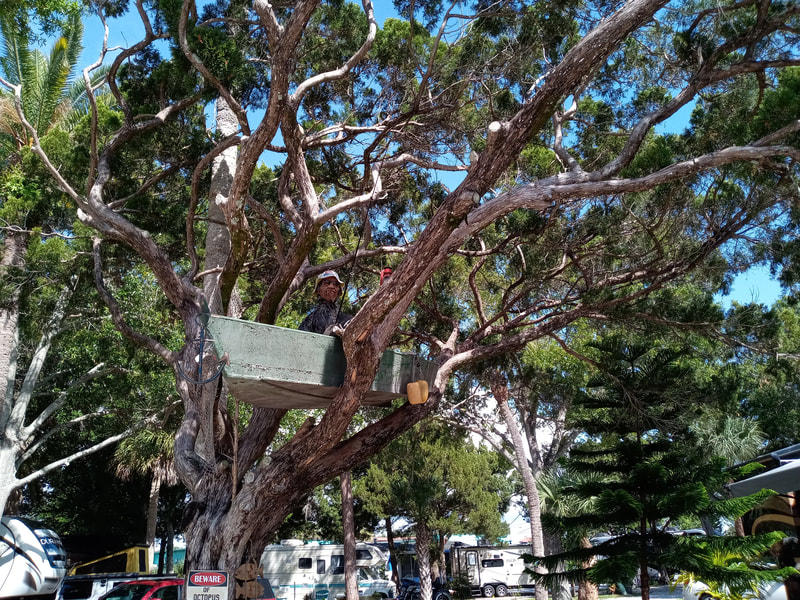
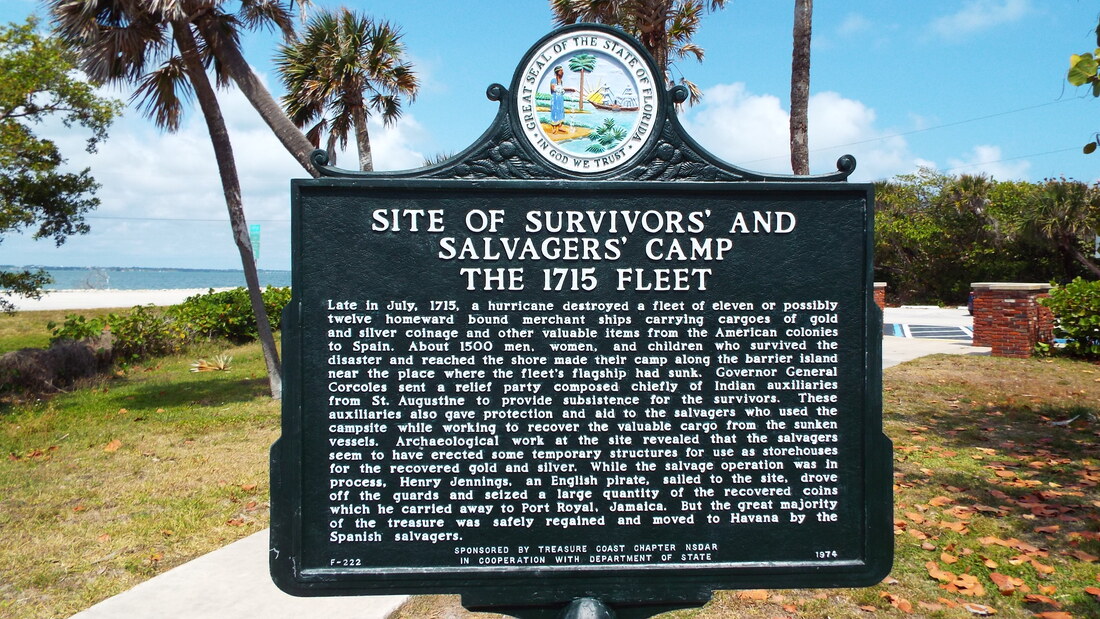

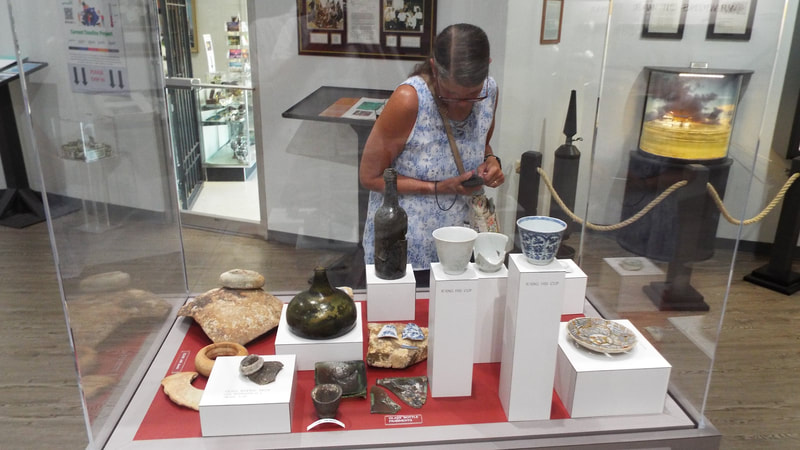









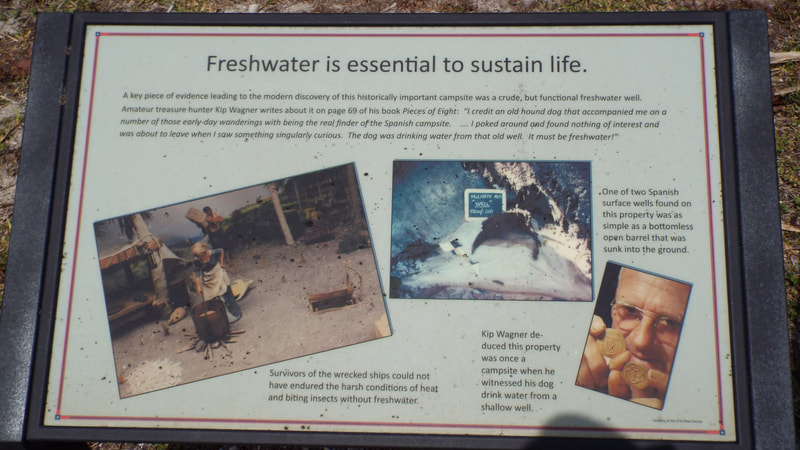


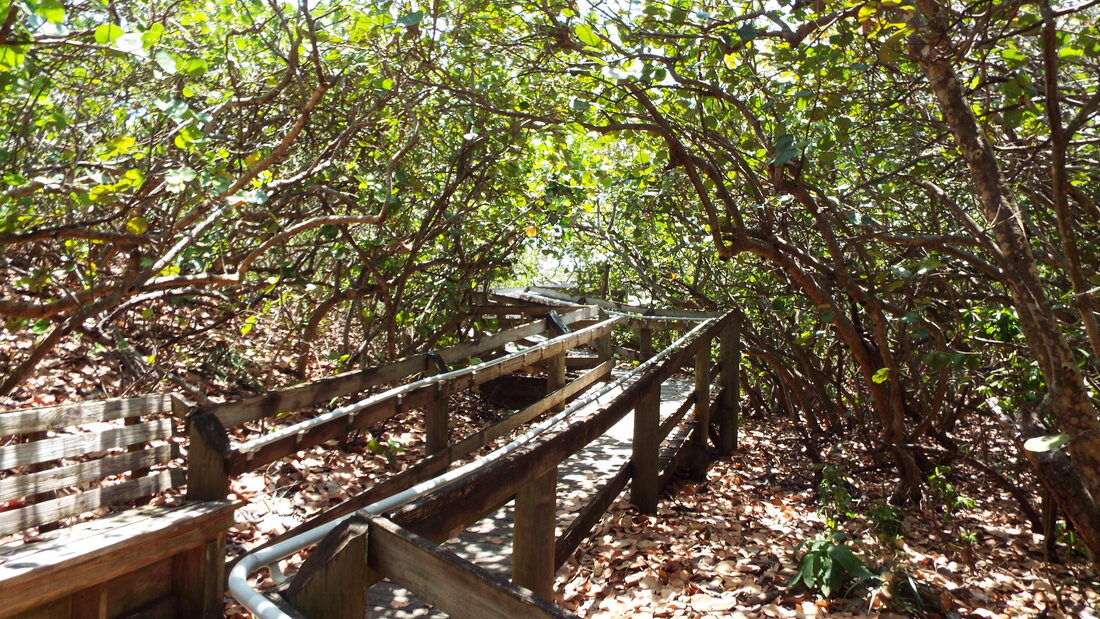















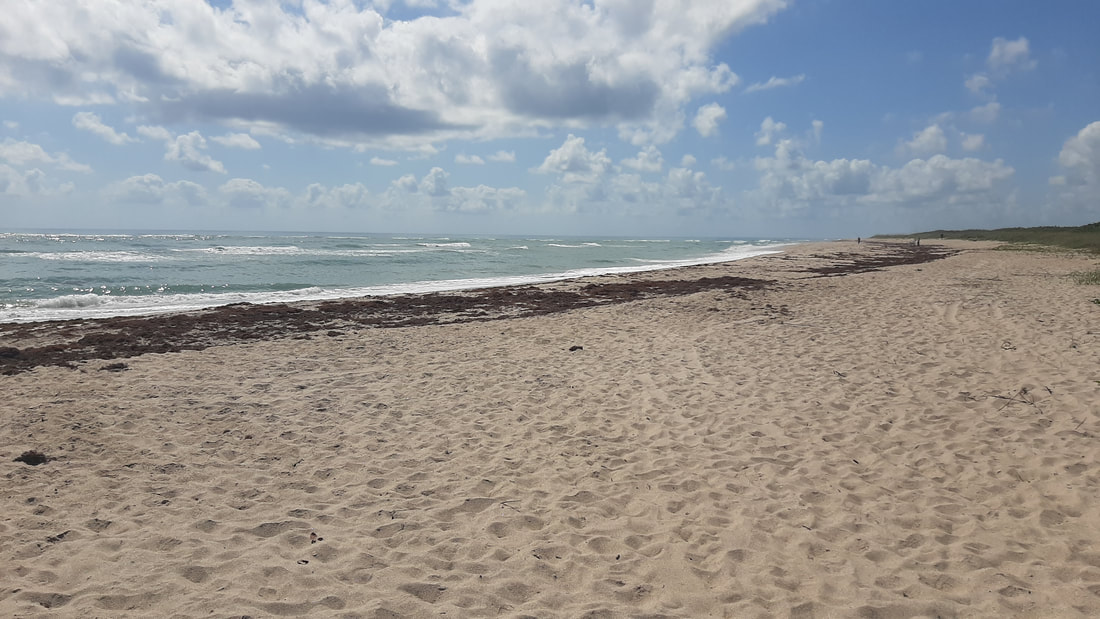
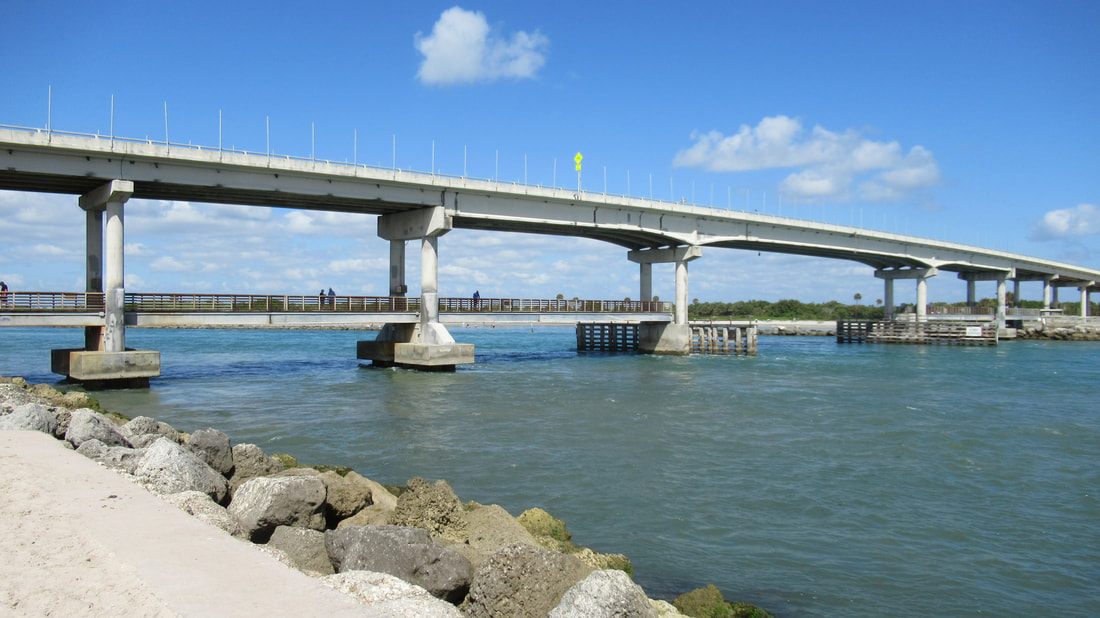

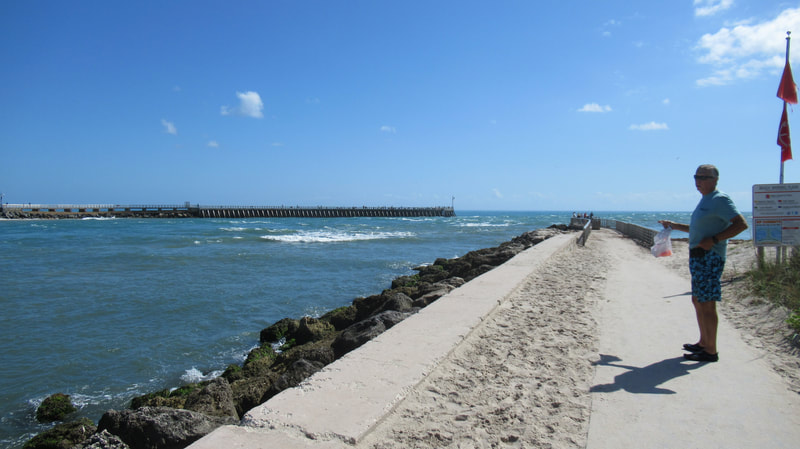













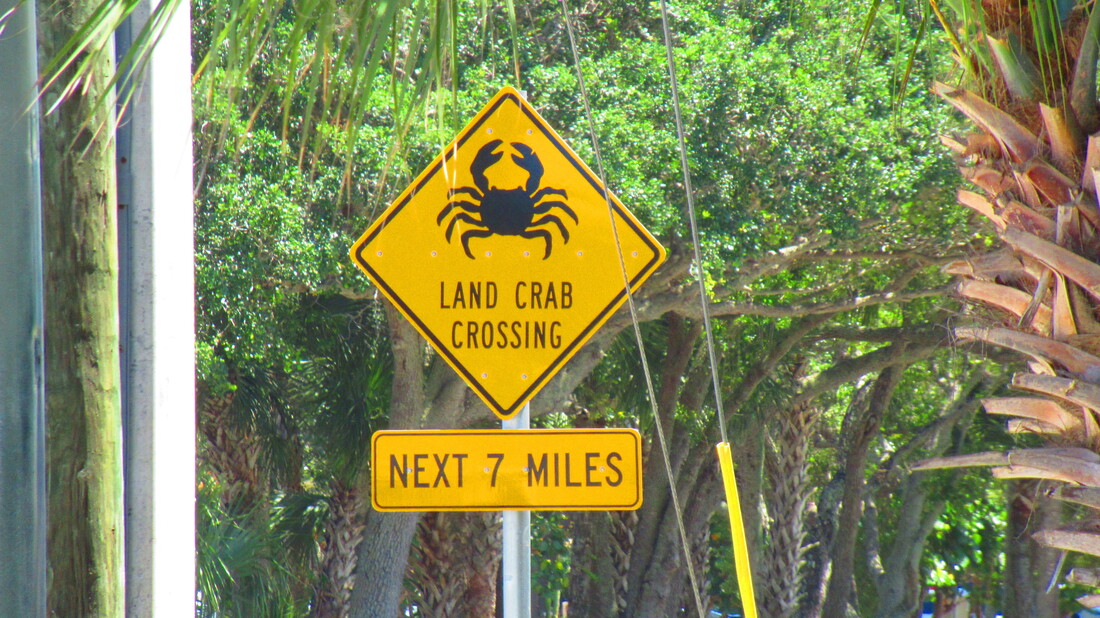


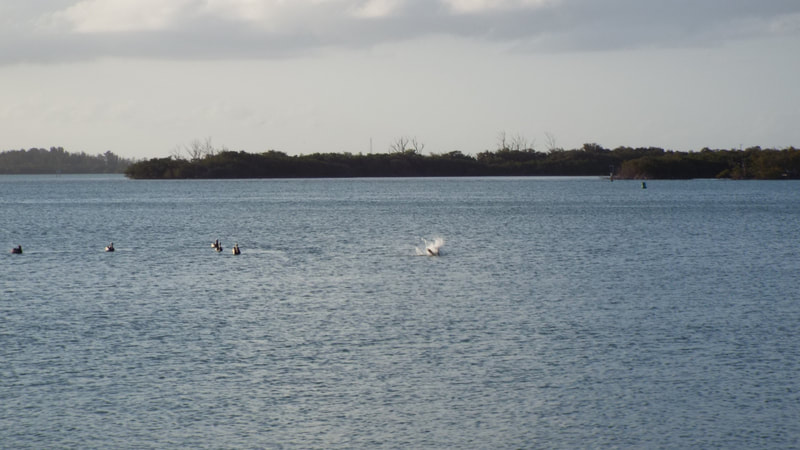








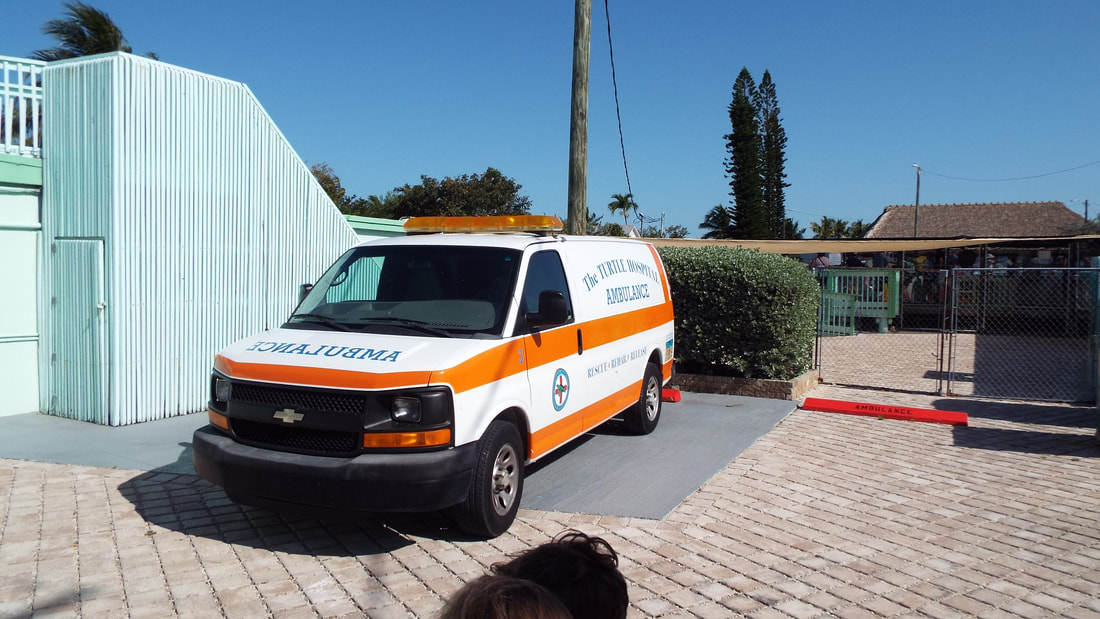



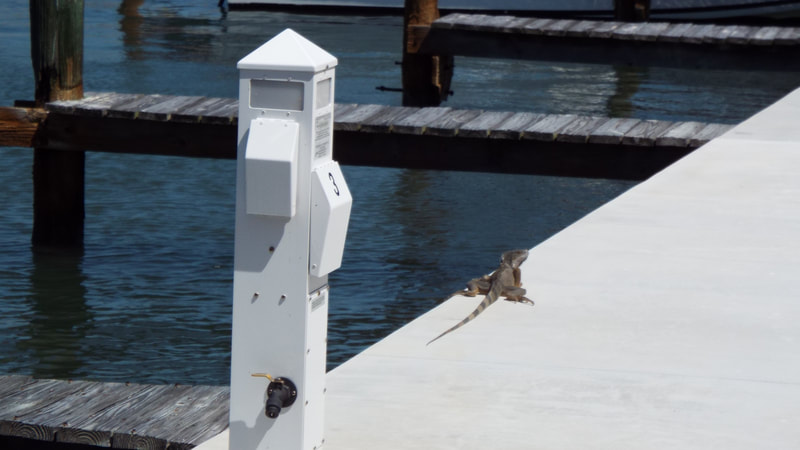




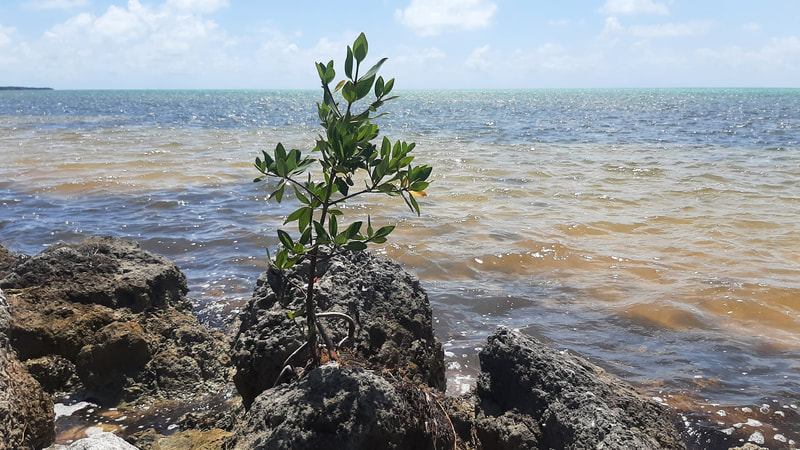

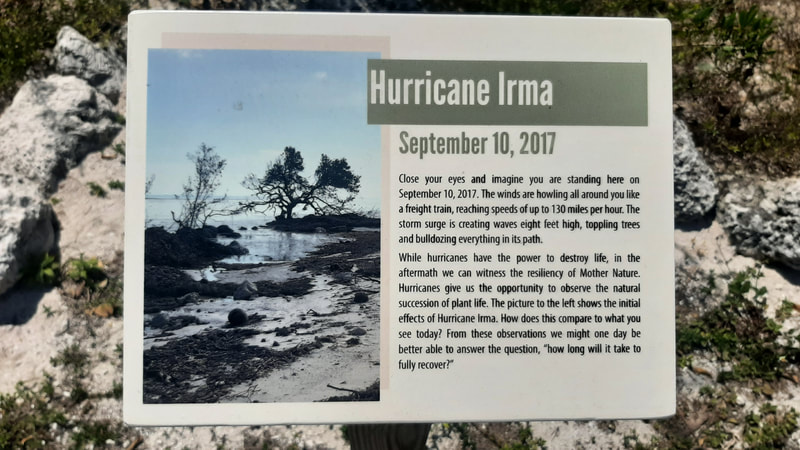


 RSS Feed
RSS Feed